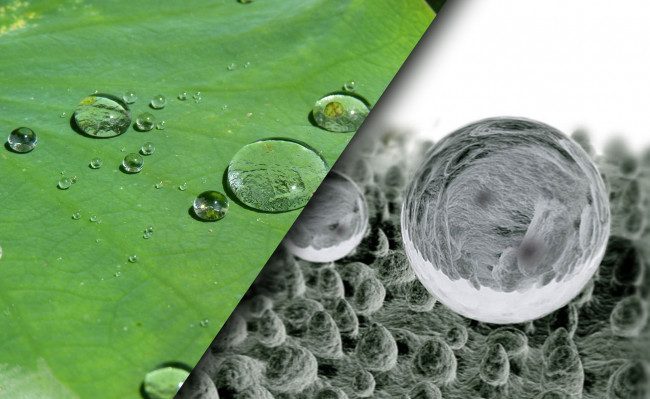Technology
Nanotechnologies
Application of progressive nanotechnologies is at the beginning of development in textile and fibre industry. Our research projects focused mainly on application of so-called nanosols on the surface of textile materials to achieve change in their hydrophobic and/or hydrophilic properties, antimicrobial and electrostatic properties.
By means of nanoparticles with a size of 10-9 m applied to so-called sol solutions, prepared usually from siloxane compounds synthetized using sol-gel technology, it was possible to obtain desirable nanostructured textile surfaces. Low-temperature plasma or UV radiation are used appropriately to enhance permanency of the nanosol finish. Antimicrobial nanoparticles have been for example incorporated into synthetic fibres to achieve their permanent finish.

